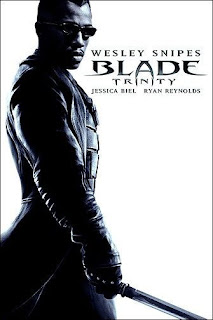+2.jpg)
+3.jpg)
+4.jpg)
reVIEW (35)
BLADE: TRINITY
And, on the heels of my Blade II review (to be found elsewhere in the Iguana’s Archive), here’s one of Blade: Trinity, back from the boneyard.
Okay. First, score card.
Based on the adventures of the Marvel comic book vampire hunter, Blade was written by David S. Goyer and directed—using the term very loosely here—by Steve Norrington. For my money, the only saving graces of the film were Udo Kier and Stephen Dorff.
Then Blade II came along, and Goyer wisely wrote a script that allowed Wesley Snipes to do what he does best: kick a$$.
What’s more, as film is, in the end, a director’s medium, Blade II was fortuitously blessed with the presence of Guillermo Del Toro—the man behind Cronos, El Espinazo Del Diablo (The Devil’s Backbone), and most recently, the Oscar-nominated El Laberinto Del Fauno (Pan’s Labyrinth)—who filled that canvas chair admirably, serving up a popcorn horror film smothered in butter, blood, and adrenaline.
And, along with a host of talented artisans, Del Toro had artist Tim Bradstreet—who worked on, among other things, a role-playing game called Vampire: The Masquerade—along for the ride as Vampire “Look” Consultant. With that much brilliance in its corner, Blade II pretty much hit the bull’s eye dead-on.
Then there was Blade: Trinity, with Goyer returning, not just as scriptwriter, but as director as well.
“In the movies, Dracula wears a cape, and some old English guy always manages to save the day at the last minute with crosses and holy water. But everybody knows the movies are full of sh!t.”
-- Hannibal King
That little bit of voice-over opens Blade: Trinity, and ironically enough, truer words were never spoken.
The plot (such as there is) involves a group of vampires led by Parker Posey’s Danica Talos, who have just discovered the progenitor vampire (TV’s John Doe, Dominic Purcell, currently on Prison Break), who has gone by many names in his long existence, including… Dracula.
They’ve woken him up from his self-induced slumber to, 1) hunt and kill Blade (the raison d’etre of the Bloodpack in Blade II), and 2) perhaps make them able to walk abroad in daylight as well (Deacon Frost’s motivation for hunting Blade in the original film).
Kick-starting their anti-Blade campaign by framing the vampire hunter for a crime he mistakenly commits, Posey and her Fang Gang manage to place Blade in a dangerous position, where even the government and local authorities are actively seeking him out as a menace to society.
This might have been an intriguing angle from which to approach the story, if it hadn’t turned out to be a mere plot device to introduce Hannibal King (Ryan Reynolds, from the TV series that began life as Two Guys, A Girl, and A Pizza Place) and his Nightstalkers, most of whom, predictably enough, turn out not to be characters at all, but rather, motivation for Abigail (Whistler’s daughter, played by Seventh Heaven’s Jessica Biel) to continue her vampire hunting.
Thus armed with a script that freely ransacks elements from his own closet of already-produced ideas, Goyer ends up giving us a film that serves generic, by-the-numbers action, when it should be knocking our proverbial socks off.
There is no sense of the frenetic movement Del Toro brought to Blade II here in Trinity, and even the action sequences, normally a trademark of a Blade film, seem half-hearted, as if they’re there precisely because they’re expected, and not because there’s anything particularly new or even worthwhile to put on display.
Additionally, any film of this sort needs a good, charismatic villain. We had that in Blade II’s Damaskinos (Thomas Kretschmann) and Nomak (Luke Goss), and as I mentioned earlier, Blade’s only good points were Kier and Dorff as baddies.
Trinity’s Drake hardly registers as a character, much less an antagonist to be fearfully respected, or the ages-old bloodthirsty creature he’s supposed to be. He’s simply there, and it’s not just the performance that’s lacking; the script really doesn’t give him any sort of presence.
As it is, Posey’s Danica is a far more amusing (and engaging) villain to watch, thus making Drake’s final confrontation with Blade obligatory, rather than something the audience looks forward to with relish. Even Wesley Snipes, who has always brought a raw physicality to the role of Blade, seems abstracted here, as if he’s not all there, as if his heart isn’t really in it this time out.
To be perfectly honest, after having seen the not-too-thrilling Trinity trailer, my biggest motivation for actually watching it boiled down to Parker Posey. (What can I say? I love her.)
Even then, we hardly see enough of her in the film, as a significant portion of screen time is handed over to Biel’s Abigail, the oh-so-cool-I-listen-to-hip-music-on-my-iPod-while-vampire-slaying hunter whom Marvel is hoping will beget a spin-off, as Jennifer Garner’s Elektra did from another woeful Marvel production, Daredevil.
Having mentioned Posey, it’s interesting to note that it took two of indie film’s best and brightest, Posey and Natasha Lyonne—who plays blind Nightstalker Sommerfield—to offset one WWE superstar (Triple H, as vampire Jarko Grimwood, who follows in the footsteps of fellow wrestlers The Rock and Rob Van Damme, in making a bid for big screen stardom).
Two-to-one. Sad, but true.
Ultimately, Blade: Trinity joins two of my personal lists.
It settles snugly beside Scream 3 and Josie and the Pussycats, on my list of Films Where Parker Posey Is One Of The Few Saving Graces, and joins the ranks of Bad Comic Book Films, where I’ve relegated other Marvel movies like Daredevil and Ghost Rider.
To make matters worse, Trinity is also a stake in the heart for vampire movies as well. (Or maybe just a crapload of garlic.)
Sadly, it may take a while for me to wash the taste of stale blood from my mouth.
Parting shot: Reviews of Blade II, Ghost Rider, Elektra, and Guillermo Del Toro’s El Laberinto Del Fauno (Pan’s Labyrinth) can be found in the Archive.
Reviews of Hal Hartley’s Fay Grim, which stars Parker Posey, Mike Mendez's The Gravedancers, which stars Dominic Purcell, David S. Goyer’s recent film, The Invisible, and Christopher Nolan’s Batman Begins, for which Goyer wrote the screenplay, are also in there somewhere.
(Blade: Trinity OS’s courtesy of impawards.com.)
(The above is a slightly altered version of a review originally published under the title, “Stale Blood, Rusty Blade.”)
BLADE: TRINITY
And, on the heels of my Blade II review (to be found elsewhere in the Iguana’s Archive), here’s one of Blade: Trinity, back from the boneyard.
Okay. First, score card.
Based on the adventures of the Marvel comic book vampire hunter, Blade was written by David S. Goyer and directed—using the term very loosely here—by Steve Norrington. For my money, the only saving graces of the film were Udo Kier and Stephen Dorff.
Then Blade II came along, and Goyer wisely wrote a script that allowed Wesley Snipes to do what he does best: kick a$$.
What’s more, as film is, in the end, a director’s medium, Blade II was fortuitously blessed with the presence of Guillermo Del Toro—the man behind Cronos, El Espinazo Del Diablo (The Devil’s Backbone), and most recently, the Oscar-nominated El Laberinto Del Fauno (Pan’s Labyrinth)—who filled that canvas chair admirably, serving up a popcorn horror film smothered in butter, blood, and adrenaline.
And, along with a host of talented artisans, Del Toro had artist Tim Bradstreet—who worked on, among other things, a role-playing game called Vampire: The Masquerade—along for the ride as Vampire “Look” Consultant. With that much brilliance in its corner, Blade II pretty much hit the bull’s eye dead-on.
Then there was Blade: Trinity, with Goyer returning, not just as scriptwriter, but as director as well.
“In the movies, Dracula wears a cape, and some old English guy always manages to save the day at the last minute with crosses and holy water. But everybody knows the movies are full of sh!t.”
-- Hannibal King
That little bit of voice-over opens Blade: Trinity, and ironically enough, truer words were never spoken.
The plot (such as there is) involves a group of vampires led by Parker Posey’s Danica Talos, who have just discovered the progenitor vampire (TV’s John Doe, Dominic Purcell, currently on Prison Break), who has gone by many names in his long existence, including… Dracula.
They’ve woken him up from his self-induced slumber to, 1) hunt and kill Blade (the raison d’etre of the Bloodpack in Blade II), and 2) perhaps make them able to walk abroad in daylight as well (Deacon Frost’s motivation for hunting Blade in the original film).
Kick-starting their anti-Blade campaign by framing the vampire hunter for a crime he mistakenly commits, Posey and her Fang Gang manage to place Blade in a dangerous position, where even the government and local authorities are actively seeking him out as a menace to society.
This might have been an intriguing angle from which to approach the story, if it hadn’t turned out to be a mere plot device to introduce Hannibal King (Ryan Reynolds, from the TV series that began life as Two Guys, A Girl, and A Pizza Place) and his Nightstalkers, most of whom, predictably enough, turn out not to be characters at all, but rather, motivation for Abigail (Whistler’s daughter, played by Seventh Heaven’s Jessica Biel) to continue her vampire hunting.
Thus armed with a script that freely ransacks elements from his own closet of already-produced ideas, Goyer ends up giving us a film that serves generic, by-the-numbers action, when it should be knocking our proverbial socks off.
There is no sense of the frenetic movement Del Toro brought to Blade II here in Trinity, and even the action sequences, normally a trademark of a Blade film, seem half-hearted, as if they’re there precisely because they’re expected, and not because there’s anything particularly new or even worthwhile to put on display.
Additionally, any film of this sort needs a good, charismatic villain. We had that in Blade II’s Damaskinos (Thomas Kretschmann) and Nomak (Luke Goss), and as I mentioned earlier, Blade’s only good points were Kier and Dorff as baddies.
Trinity’s Drake hardly registers as a character, much less an antagonist to be fearfully respected, or the ages-old bloodthirsty creature he’s supposed to be. He’s simply there, and it’s not just the performance that’s lacking; the script really doesn’t give him any sort of presence.
As it is, Posey’s Danica is a far more amusing (and engaging) villain to watch, thus making Drake’s final confrontation with Blade obligatory, rather than something the audience looks forward to with relish. Even Wesley Snipes, who has always brought a raw physicality to the role of Blade, seems abstracted here, as if he’s not all there, as if his heart isn’t really in it this time out.
To be perfectly honest, after having seen the not-too-thrilling Trinity trailer, my biggest motivation for actually watching it boiled down to Parker Posey. (What can I say? I love her.)
Even then, we hardly see enough of her in the film, as a significant portion of screen time is handed over to Biel’s Abigail, the oh-so-cool-I-listen-to-hip-music-on-my-iPod-while-vampire-slaying hunter whom Marvel is hoping will beget a spin-off, as Jennifer Garner’s Elektra did from another woeful Marvel production, Daredevil.
Having mentioned Posey, it’s interesting to note that it took two of indie film’s best and brightest, Posey and Natasha Lyonne—who plays blind Nightstalker Sommerfield—to offset one WWE superstar (Triple H, as vampire Jarko Grimwood, who follows in the footsteps of fellow wrestlers The Rock and Rob Van Damme, in making a bid for big screen stardom).
Two-to-one. Sad, but true.
Ultimately, Blade: Trinity joins two of my personal lists.
It settles snugly beside Scream 3 and Josie and the Pussycats, on my list of Films Where Parker Posey Is One Of The Few Saving Graces, and joins the ranks of Bad Comic Book Films, where I’ve relegated other Marvel movies like Daredevil and Ghost Rider.
To make matters worse, Trinity is also a stake in the heart for vampire movies as well. (Or maybe just a crapload of garlic.)
Sadly, it may take a while for me to wash the taste of stale blood from my mouth.
Parting shot: Reviews of Blade II, Ghost Rider, Elektra, and Guillermo Del Toro’s El Laberinto Del Fauno (Pan’s Labyrinth) can be found in the Archive.
Reviews of Hal Hartley’s Fay Grim, which stars Parker Posey, Mike Mendez's The Gravedancers, which stars Dominic Purcell, David S. Goyer’s recent film, The Invisible, and Christopher Nolan’s Batman Begins, for which Goyer wrote the screenplay, are also in there somewhere.
(Blade: Trinity OS’s courtesy of impawards.com.)
(The above is a slightly altered version of a review originally published under the title, “Stale Blood, Rusty Blade.”)

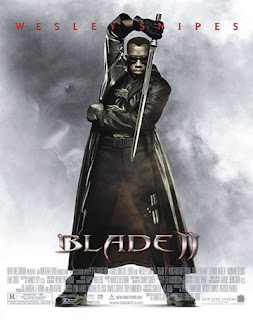+2+blog.jpg)

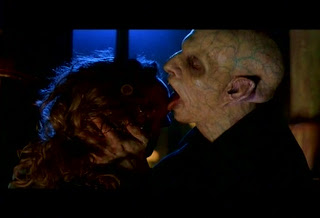
.jpg)
.bmp)
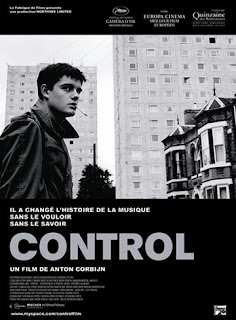+2+blog.jpg)
+dvd+blog.jpg)
+blog.jpg)
+blog.jpg)
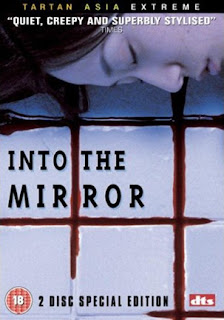+dvd+blog.jpg)



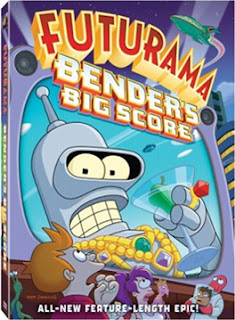+blog.jpg)
+blog.jpg)
+blog.jpg)
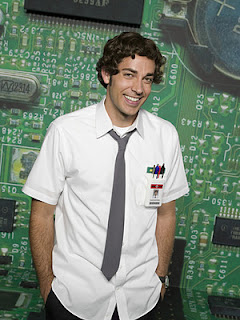+25.jpg)
+17.jpg)
.jpg)
.jpg)
+5.jpg)
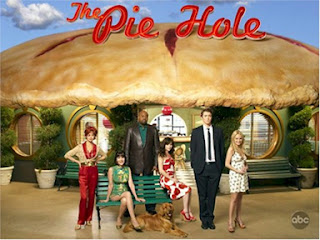+blog.jpg)


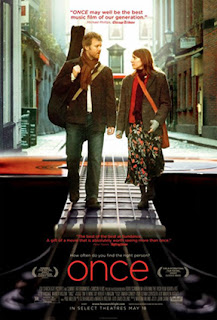+blog.jpg)
.jpg)
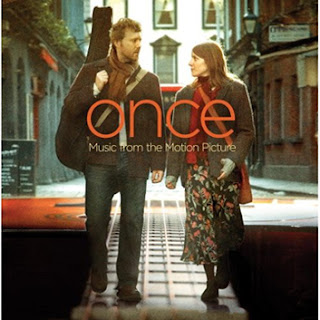+blog.jpg)

.jpg)
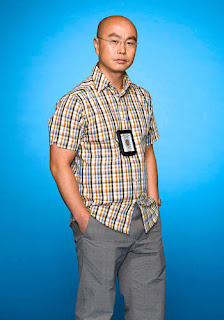.jpg)
.jpg)
.jpg)
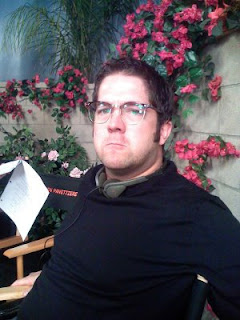.jpg)
.jpg)

+blog.jpg)



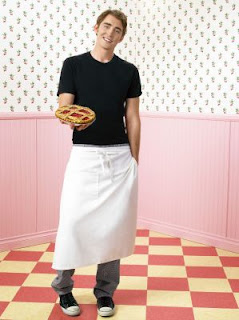+23.jpg)
+31.jpg)

.jpg)
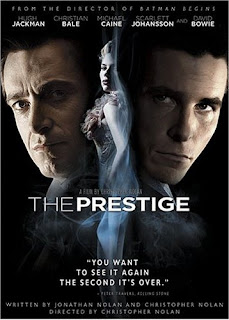+dvd.jpg)
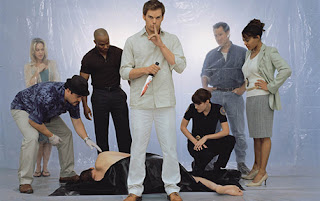+blog.jpg)
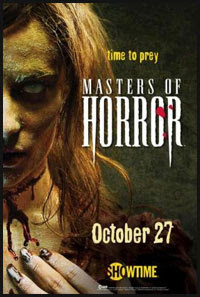.jpg)
+8.jpg)